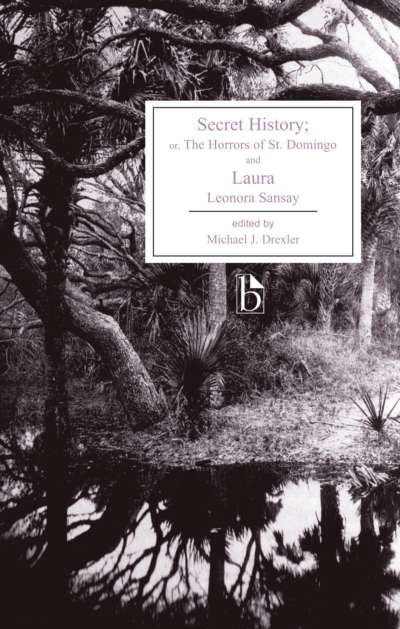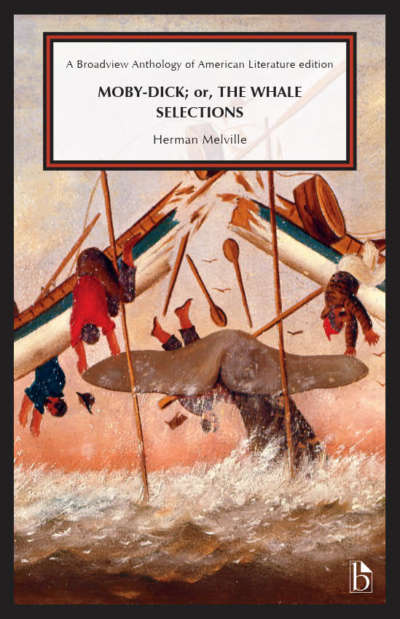
Hawthorne’s story of the disgraced Hester Prynne (who must wear a scarlet “A” as the mark of her adultery), of her illegitimate child, Pearl, and of the righteous minister Arthur Dimmesdale continues to resonate with modern readers. Set in mid-seventeenth-century Boston, this powerful tale of passion, Puritanism, and revenge is one of the foremost classics of American literature.
This Broadview edition contains a selection of historical documents that include Hawthorne’s writings on Puritanism, the historical sources of the story, and contemporary reviews of the novel. New to the second edition are an updated critical introduction and bibliography and, in the appendices, additional writings by Margaret Fuller, Elizabeth Cady Stanton, Henry James, and William Dean Howells.
Comments
“Anyone interested in how novels refract history will be enriched by the Broadview edition of The Scarlet Letter. The valuable introduction and extensive archival material will give readers a great foundation for using Hawthorne’s historicist methodology as a model for discussing the complexities of history and storytelling not only for Hawthorne but for contemporary readers as well.” — Lauren Berlant, University of Chicago
“John Stephen Martin’s meticulously prepared edition of The Scarlet Letter offers both students and general readers the most comprehensive introduction to Hawthorne’s life and work currently available in one volume. With its historical contextualization, enormously helpful annotations, and judicious assessment of Hawthorne’s greatest work, it establishes itself as the single best guide to this great American masterpiece.” — Joel Porte, Cornell University
“This edition is the most effective teaching tool for Hawthorne’s text that I know. Contained within a single volume, students have everything that is necessary for a rich understanding of one of the most important moments in American literary history. Especially donative are the substantial contextualizations provided here—literary, social, and historical—and in turn, these contextualizations ground the principal issues with which Hawthorne’s romance engages. Supplementary to all this is the extensive bibliography, far-ranging and comprehensive. This edition is easily the most comprehensive introduction to the work that is currently available.” — Ian Bell, Keele University













